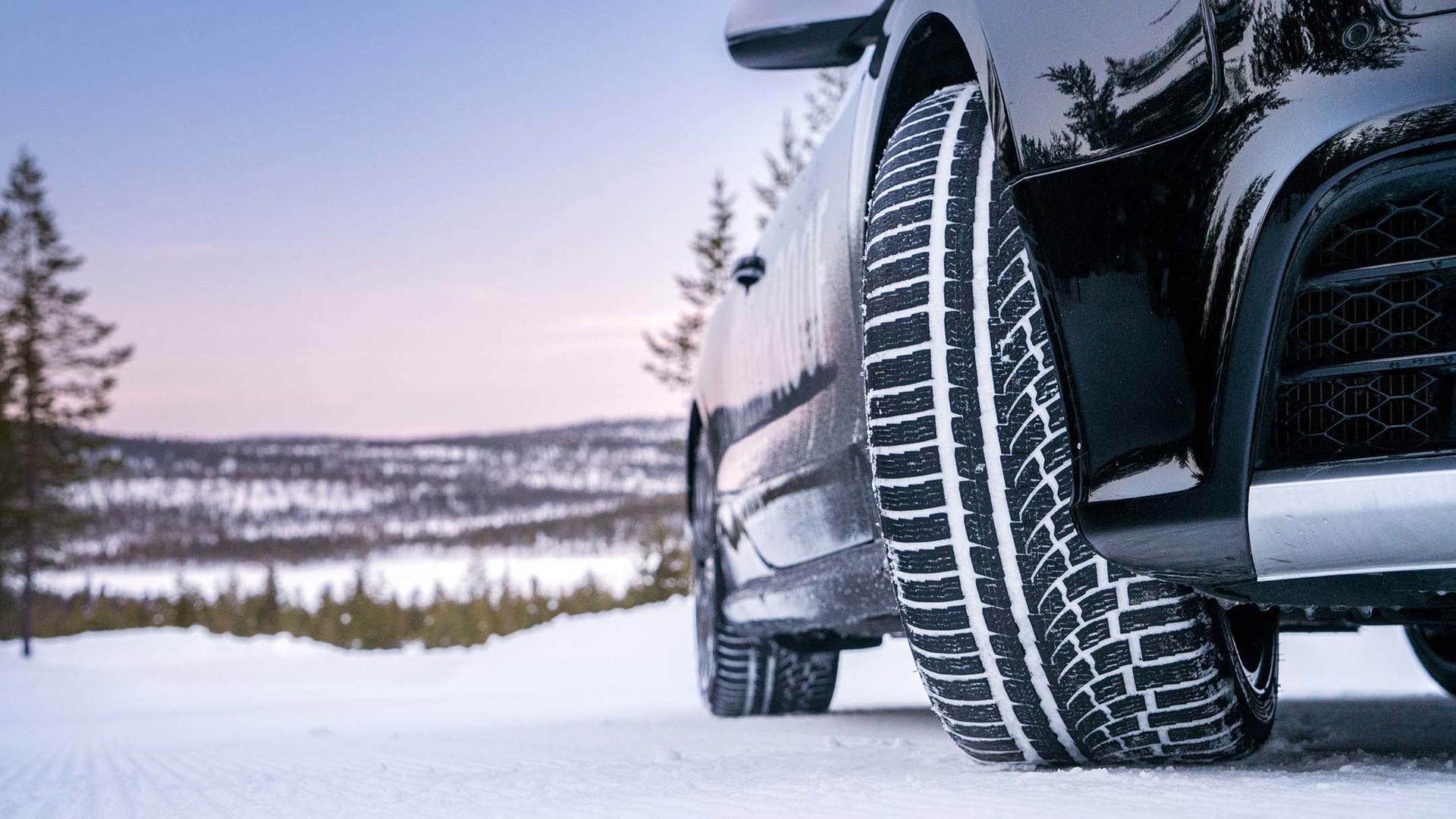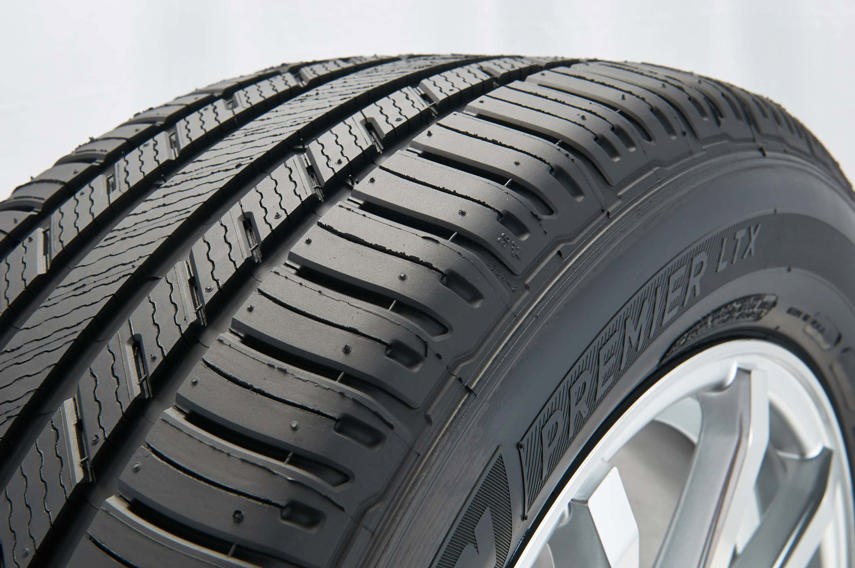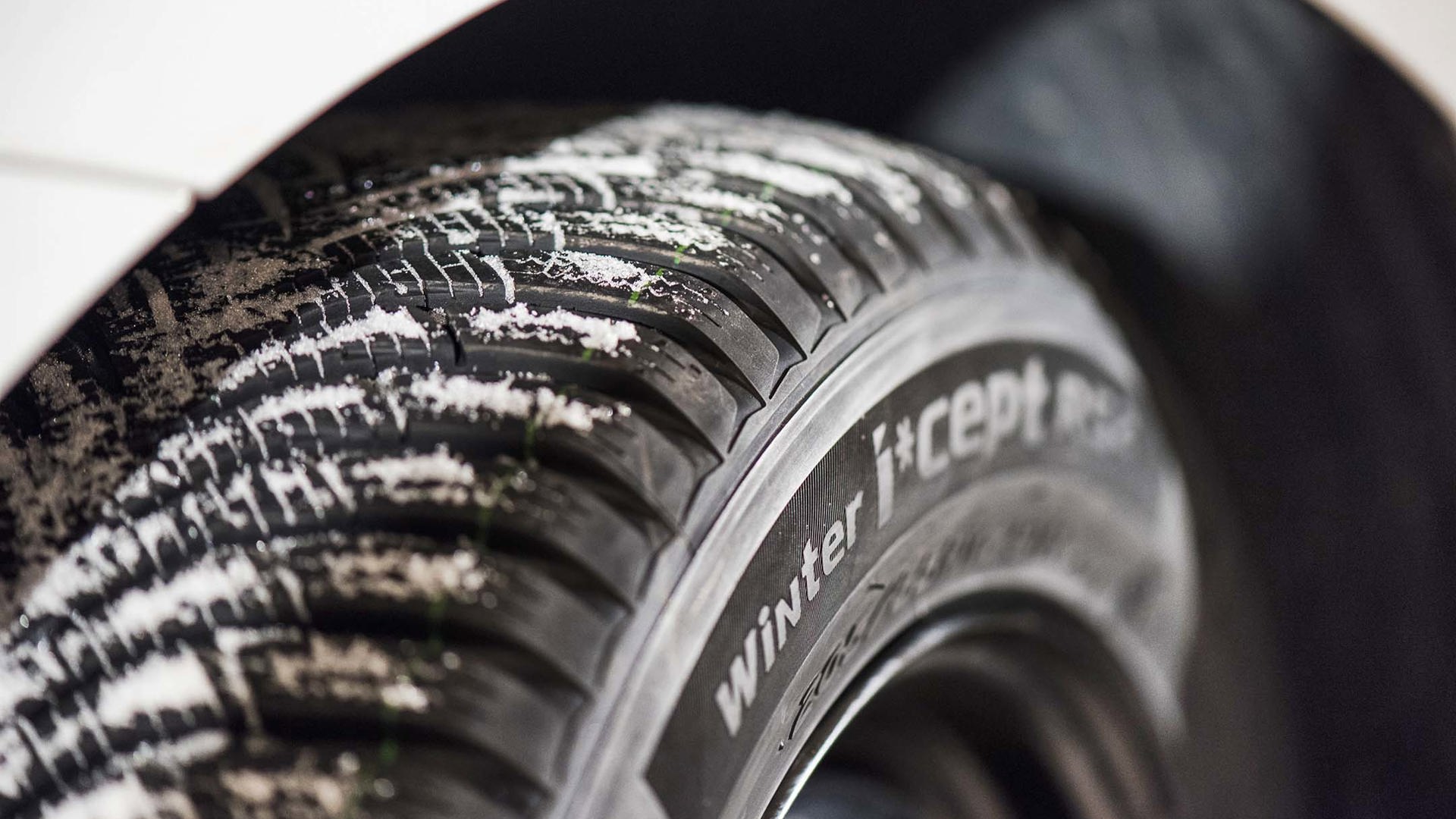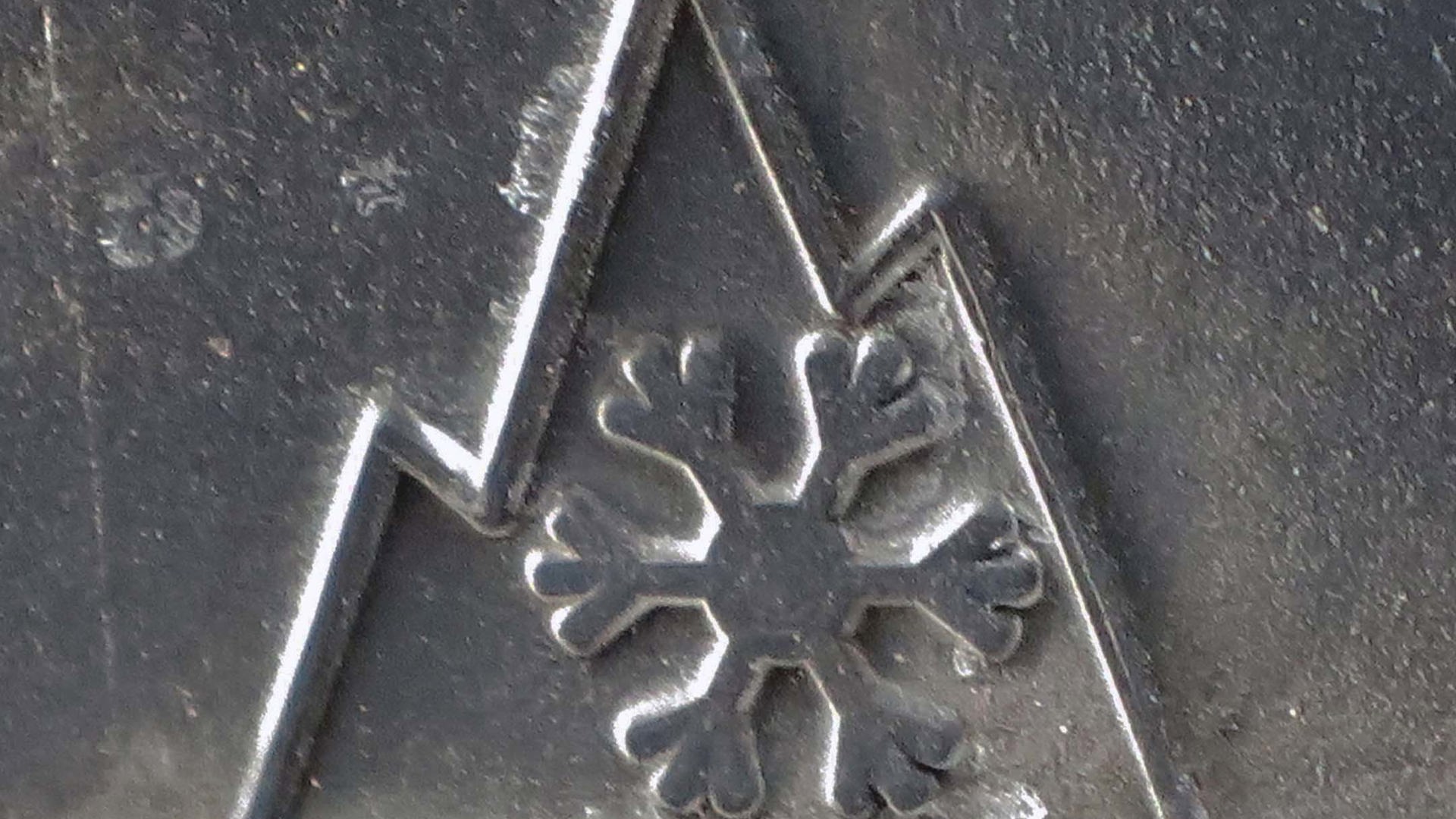There’s no question: the single most important safety item on your vehicle is its tires, since they’re the only thing between you and the road. But as the seasons change, what should you be putting on your rims? We’ve assembled your three choices, with the pros and cons for each, to help you make the best decision.
All-Season Tires
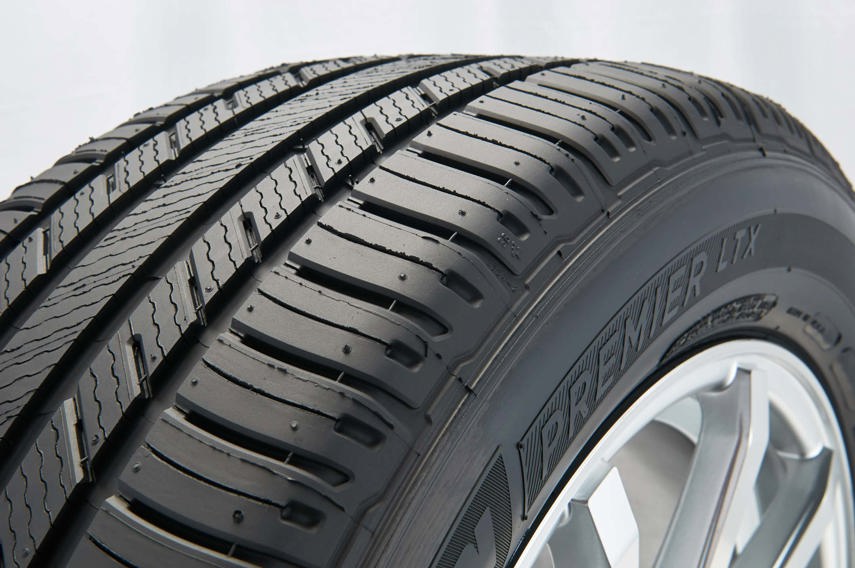
What they’re all about
Despite their name, all-season tires are really for three seasons, and winter is not one of them. They overlap the difference between winter and summer tires, which means they are a compromise.
The rubber compound in summer tires is formulated so it doesn’t get too soft in hot weather, while the rubber mix in winter tires doesn’t get hard in the cold. All-season compound stays firm but flexible over a wider range of temperatures, but it isn’t as effective at the extremes. When the thermometer drops below 7°C, winter tires provide better grip, including on dry pavement.
The pros and cons
The benefit is that all-seasons stay on all year. You don’t have to buy and install a second set, and then store the ones you’re not using. Their major downfall is that they simply aren’t as good as winter tires when the weather turns sour. In addition to that cold-weather grip, winter tires have a more aggressive tread for biting into snow, and they can channel away large quantities of slush and water.
Should you use them?
Unless you live in a moderate-and-dry-winter part of Canada – which doesn’t include very much of it – we recommend you consider all-seasons to be “three-season” tires. They just don’t have the same handling and braking ability in the cold. Throw in slush and snow, early darkness, bundled-up pedestrians, and other drivers who aren’t good at handling winter, and you want every advantage you can get – that means winter tires or all-weathers.
Winter Tires
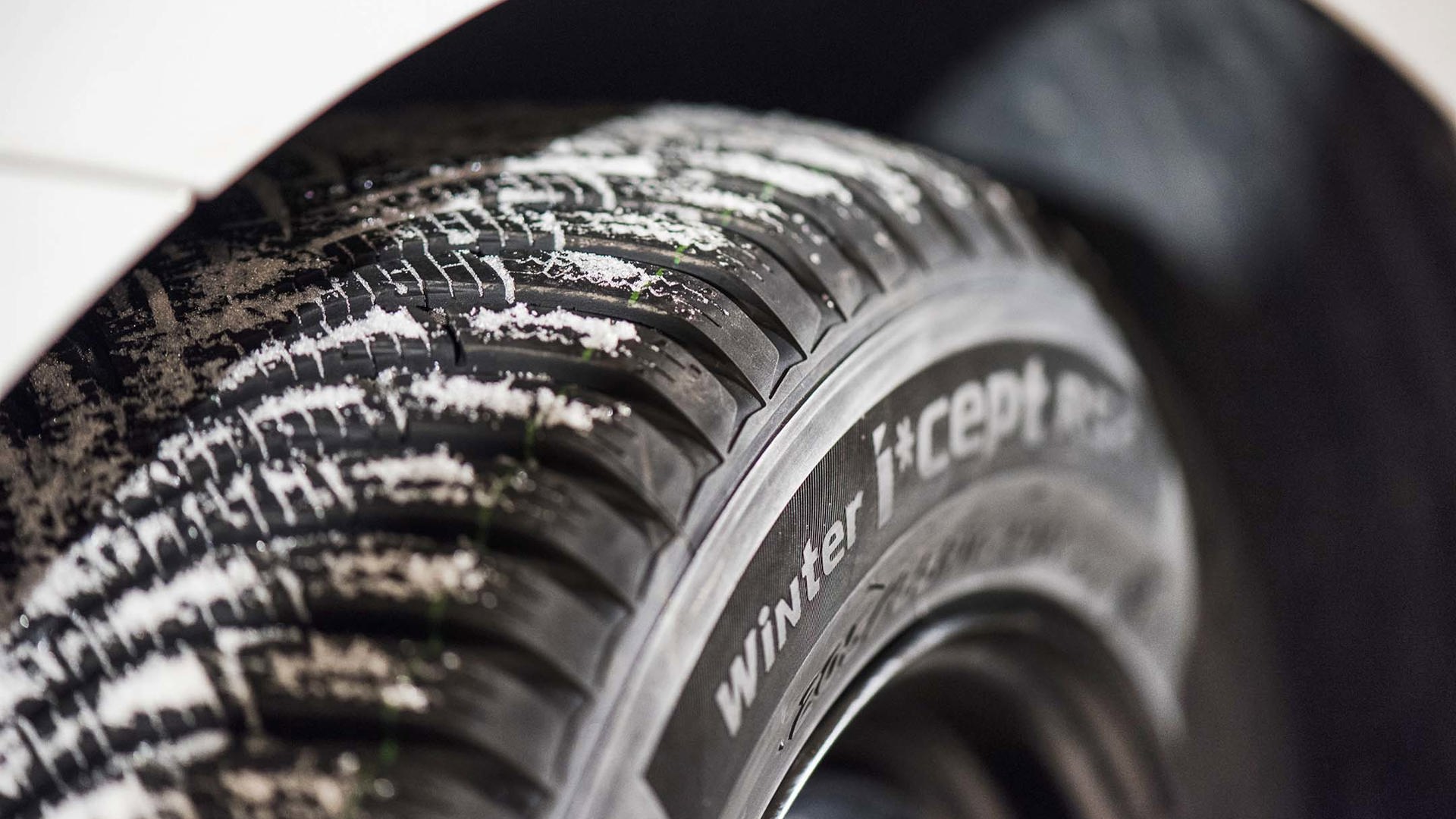
What they’re all about
As the name sounds, they’re meant for that specific season. They’re not “snow” tires anymore; instead, they’re designed for cold weather that can be dry, snowy, or rainy. Their grooves channel away slush and snow, and they have lots of sipes – the tiny slits in the tread – which improve grip and help prevent hydroplaning (when the tire “floats” on top of a puddle instead of pushing through and contacting the asphalt).
That said, there are different levels of winter tires, so choose the one that’s most appropriate for your conditions. Some have very aggressive tread for deep snow, while others may have mounting holes to insert studs, if your jurisdiction permits them.
The pros and cons
The biggest benefit is their performance. Even if you have all-wheel drive, winter tires improve handling and reduce braking distances compared to all-seasons. If you’re in Quebec or specific areas of British Columbia, you’re required to use them. In other locations, you may be eligible for an insurance discount if you have winter tires, and in Manitoba, you may qualify for a low-interest loan through Manitoba Public Insurance to buy them.
The disadvantage, of course, is that you’re buying, installing, and storing two sets of tires (and it’s a good idea to buy a second set of rims, too, to reduce the wear-and-tear of breaking each tire off its rim twice a year). If you have a “direct” tire pressure monitoring system, which uses sensors mounted inside the tires, you’ll have to buy four new sensors or your TPMS won’t work when your winter tires are on.
Should you use them?
We say, “Yes, you should!” But many drivers find that the dual-set disadvantages are too much for them. If that’s the case, have a look at our third option.
All-Weather Tires
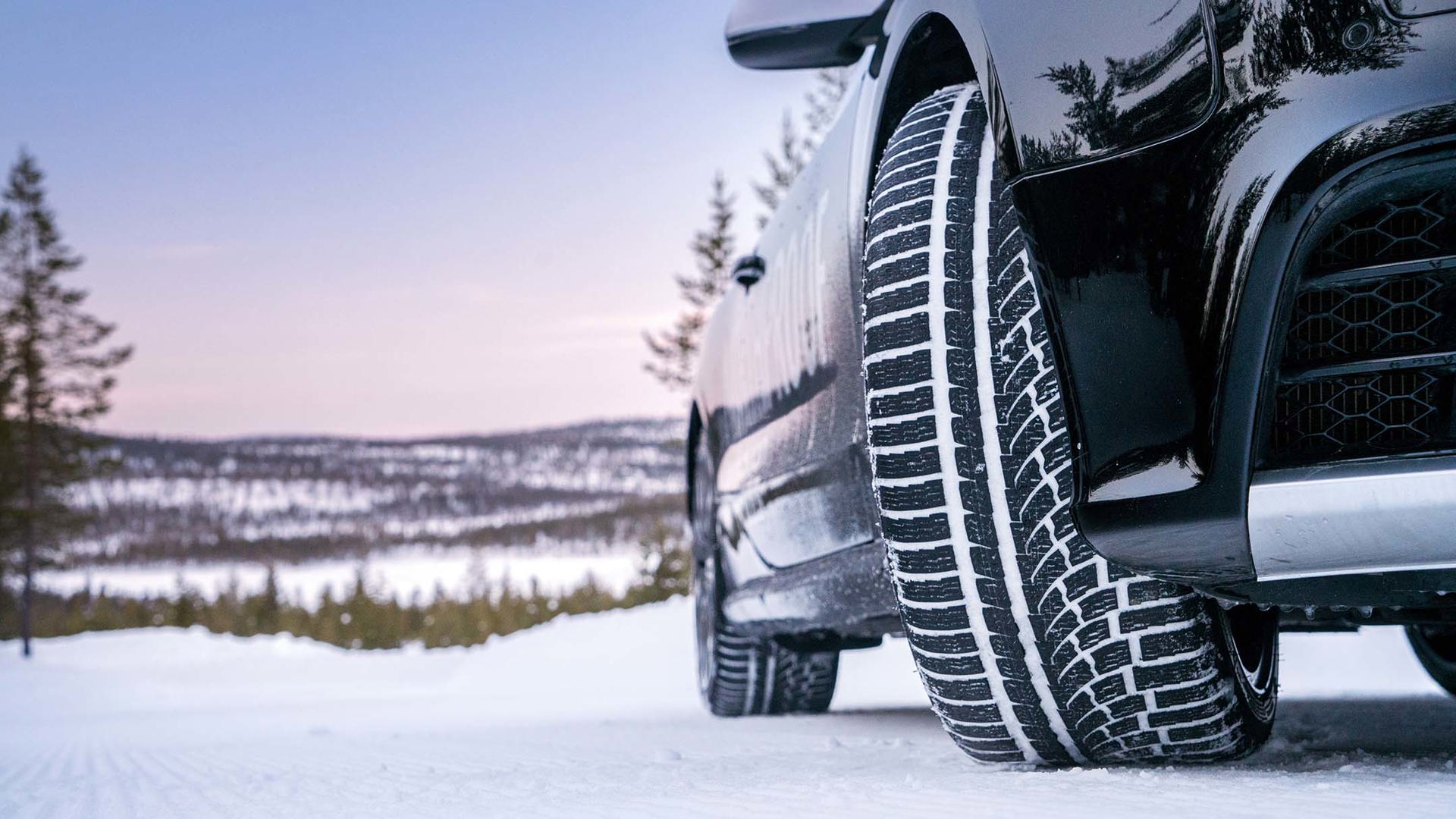
What they’re all about
Relatively new to the market, all-weather tires are basically all-seasons with better winter performance. They can handle warmer weather, but their compound and tread move farther over to the winter side than those of an all-season tire. They carry the mountain-and-snowflake logo that indicates a winter tire, which qualifies them under Quebec and BC requirements, and for insurance discounts.
The pros and cons
Just as with all-seasons, one set of tires does you all year, without the need to buy, swap, and store. While their availability and vehicle fitment were limited at first, their growing popularity means more tire manufacturers are offering them, and in a wider range of sizes. Most of them do a very good job of getting through snow, and channeling away water to help prevent hydroplaning.
However, because they’re still a compromise between the seasons, they’re still not as effective as dedicated winter tires, especially for braking distance. And because their rubber compound is softer than an all-season, they tend not to last as long, and their tread-wear warranty is usually shorter than that of an all-season (winter tires seldom, if ever, come with tread-wear warranty).
Should you use them?
All-weather tires are mostly suited for drivers in areas that don’t get a lot of snow and ice, or very cold winters – think Toronto or BC’s Lower Mainland, not Whitehorse (or, for that matter, frequent trips to skiing or cottage country). Winter tires are still better, but if you’re dead-set against buying and installing them, then we suggest using all-weather.
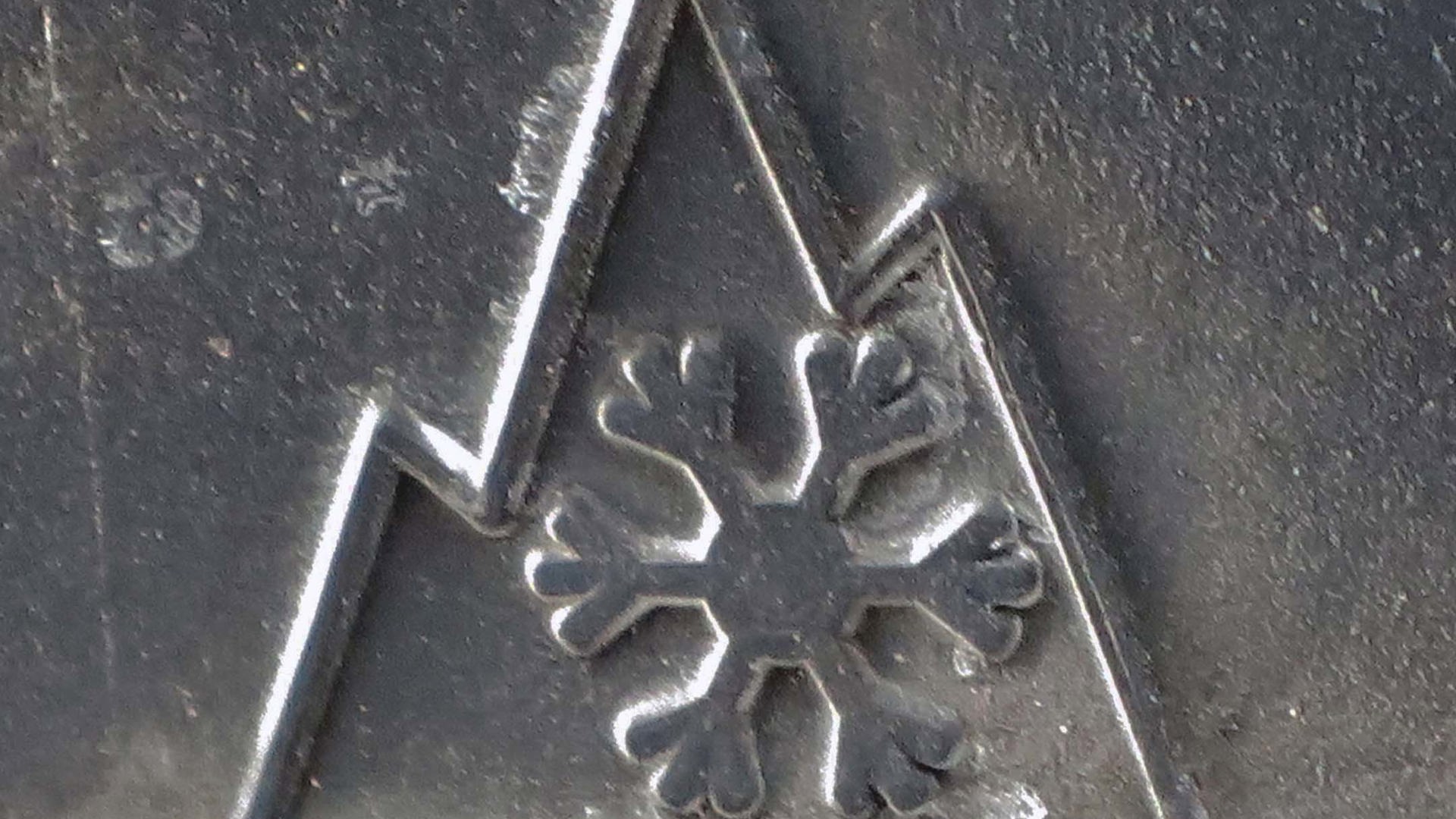
A few final points
- As with any type of tire, there are different levels of quality, and with corresponding levels of price. To qualify for that mountain-snowflake winter logo, a tire’s performance must test to a minimum of 110 percent better than a benchmark non-winter tire that regulators use as the standard. The specifics of that standard aren’t readily available to consumers, and many experts say it’s in need of updating. Better-quality tires will be a higher percentage of improvement over the minimum standard.
- Despite their name, “Mud + Snow” (M+S) tires are all-seasons. It generally just means a more aggressive tread, but because there’s no regulatory standard for the term, there’s no guarantee how well these tires will work in all conditions.
- Condition is everything. Your tires need to have sufficient tread, and no cracks or bulges in the sidewall. A new all-season tire will perform better than a worn-out winter tire.
- Remove winter tires promptly in the spring. Their softer compound wears out faster on warm pavement.
- If you don’t have room to store your extra set of tires, many tire and automobile dealers offer storage for a nominal fee.
